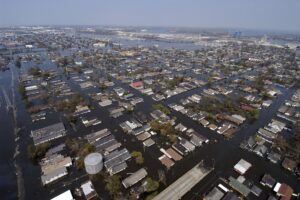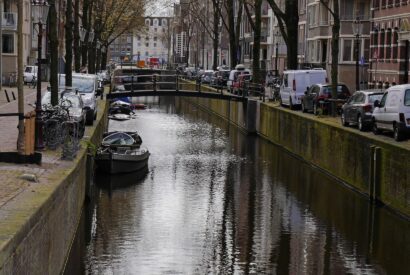How do disasters impact water quality?
Disasters indeed result in the deterioration of potable water and sewage systems. Therefore, water must be regarded as a fundamental element in the activities planned by the emergency committee. It is crucial to conduct a thorough vulnerability analysis to estimate the potential degree of impact on these systems in the face of a specific disaster. This proactive approach helps in preparing and mitigating potential damage to water supply and sanitation infrastructure, allowing for more effective emergency response and recovery efforts.

According to the World Health Organization (WHO), a disaster is an unforeseen situation that poses serious and immediate threats to public health, endangering the lives or well-being of a significant number of people, requiring immediate action. Disasters usually lead to emergency situations and are often described in terms of public health with the net mortality rate.
Today, it is known that most disasters can be foreseen and prevented, and their impact on public health is not always immediate, but effects can appear in the medium and long term. Hence, it is necessary to control the effects caused by programs and actions ranging from the prevention stage to recovery after the disaster.
Disasters can be classified as:
Natural disasters (caused by natural phenomena):
- Sudden-onset or immediate-onset disasters: climatic and geological risks such as earthquakes, tsunamis, tornadoes, tropical storms, floods, hurricanes, cyclones, typhoons, avalanches, volcanic eruptions, landslides, wildfires, and epidemics of waterborne, foodborne, or contact-transmitted diseases, among others.
- Slow-onset or chronic-onset: drought, environmental degradation, chronic exposure to toxic substances, plagues, deforestation, or desertification.
Man-made disasters (caused by human action and development):
- Industrial/technological: system failures, chemical substances, radiation, spills, explosions, fires, terrorism…
- Transportation: vehicular accidents.
- Deforestation.
- Shortages of materials.
- Complex emergencies: wars, armed conflicts, and other actions resulting in the displacement of people and refugees.
In the 1990s, 90% of natural disasters that occurred were related to water, with floods and drought being the most deadly disasters associated with freshwater. When such risks are not managed to reduce human vulnerability, they become catastrophes.

Water pollution is very common during a disaster, and it is vital to assess water quality before, during, and after the emergency due to the high morbidity rates that could occur in affected populations.
Disasters cause deterioration in potable water and sewage systems. Therefore, water should be considered a fundamental element in emergency committee-planned activities, with an adequate vulnerability analysis to estimate the potential degree of impact on these systems in the face of a specific disaster.
Risk assessment poses two highly significant aspects: the methods and scientific assessments used and the social and political issues. Among the methods and scientific evaluations deemed necessary are methods to determine water quality, especially concerning human consumption.
According to the latest edition of the WHO Guidelines for Drinking-water Quality, the safety of drinking water is one of the most critical issues in most emergency and disaster situations. This is to avoid health risks caused mainly by inadequate sanitation, hygiene, and protection of water sources. Floods can contaminate wells and surface water sources, and droughts often force the consumption of water from unprotected systems.
Some of the parameters frequently measured for microbial safety are pH and turbidity. These physicochemical determinations are crucial because they are directly related to disinfection, the maintenance of residual free chlorine in water, and therefore, the potential transmission of pathogens. Hence, the importance of continuously determining the physicochemical parameters present in the water.
In general, it is necessary to refine and incorporate these controls into emergency water and sanitation programs, as well as establish checkpoints in natural environments and purification systems.
Join the future of continuous water quality monitoring


